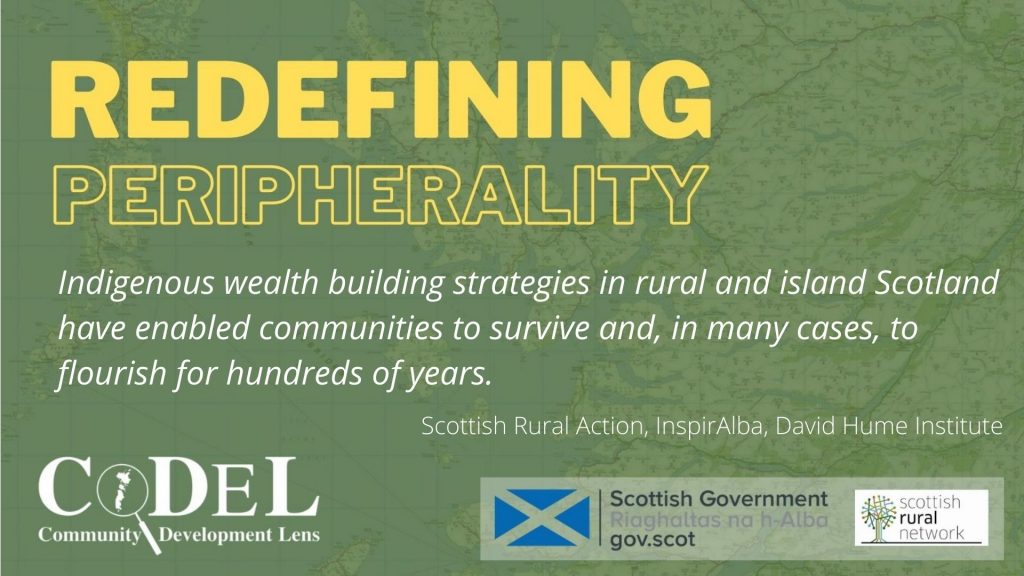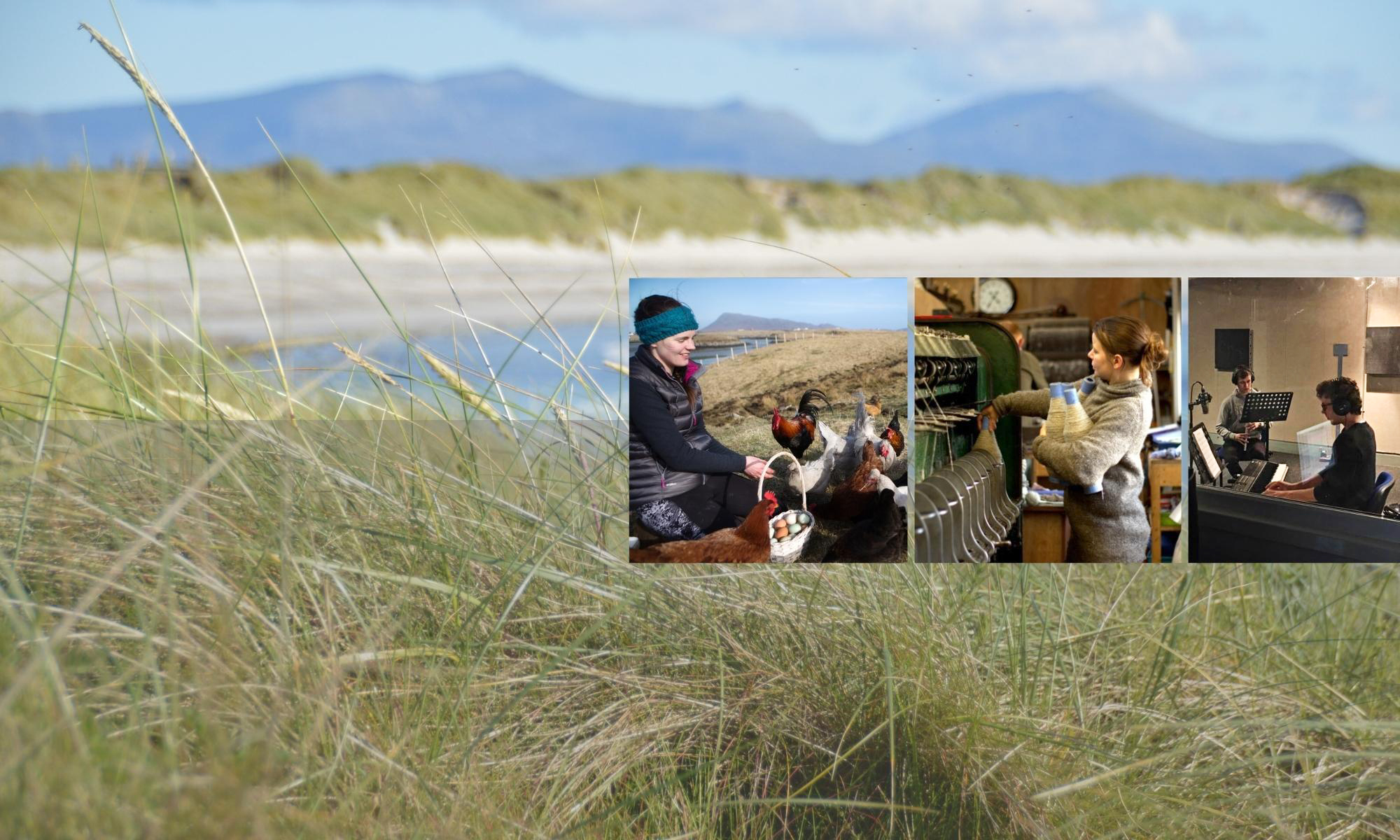
This is the opening statement in a new and brief report from a practitioner round table organised by Scottish Rural Action, InspirAlba and the David Hume Institute.
CoDeL has long highlighted the tradition of community wealth building in rural and island communities (see for example the Social Enterprise Place Uist brochure), which predates by decades and more the Scottish Government and local authorities’ own recent and welcome focus on community wealth building.
The new report from SRA, InspiAlba and DHI is important in highlighting indigenous micro-scale strategies within local communities, including “micro and social enterprise, volunteering (formal and informal), tradition bearing, crofting, Traveller culture, peripatetic work and combining a portfolio of part-time paid work, including self-employment”. All of these strategies have contributed to resilience within island and rural communities, both in the past and more recently during Covid-19 (see CoDeL’s Northern Periphery and Arctic research and SRA’s research during lockdowns).
As one critical example, the pluralistic work patterns adopted by many islanders, where they combine a portfolio of multiple paid work activities, along with much volunteering, delivers not only economic resilience for households but also creates that dense web of cross-cutting networks within the community that delivers both resilience in times of crisis and underpins so much community activity, including cultural revival.
The new report rightly calls for the work on community wealth building by the Scottish Government and local authorities to “better connect the activities of public sector anchor institutions to these micro-scale, community-led strategies [to] help deliver economic transformation in rural and island places, rather than creating a new model.”
The report also makes the critical link between indigenous wealth building strategies and young people staying, returning and settling in island and rural communities. CoDeL first identified this in our original demographic research on Uist (see here) and through our Islands Revival blog containing stories and casestudies of island population turnaround in Scotland and beyond. Some of the latest figures of population growth in islands since they moved into community ownership are striking (as tweeted recently by Philip Coghill at HIE):
Eigg up 83% since the buyout (60 to 110 today), Gigha up 82% (from 92 to 165-70), Knoydart up 73% (from 60 to 104) and West Harris up 49% (from 110 to 164).
So here’s that opening paragraph from the new report:
“Indigenous wealth building strategies in rural and island Scotland include micro and social enterprise, volunteering (formal and informal), tradition bearing, crofting, Traveller culture, peripatetic work and combining a portfolio of part-time paid work, including self-employment. These micro-scale strategies have enabled communities to survive and, in many cases, to flourish for hundreds of years. They are paving the way for increasing numbers of younger people seeking to remain, return or move to rural and island places.”
Great to see the emergence of a far better understanding of the strengths of our dynamic and resilient communities.

